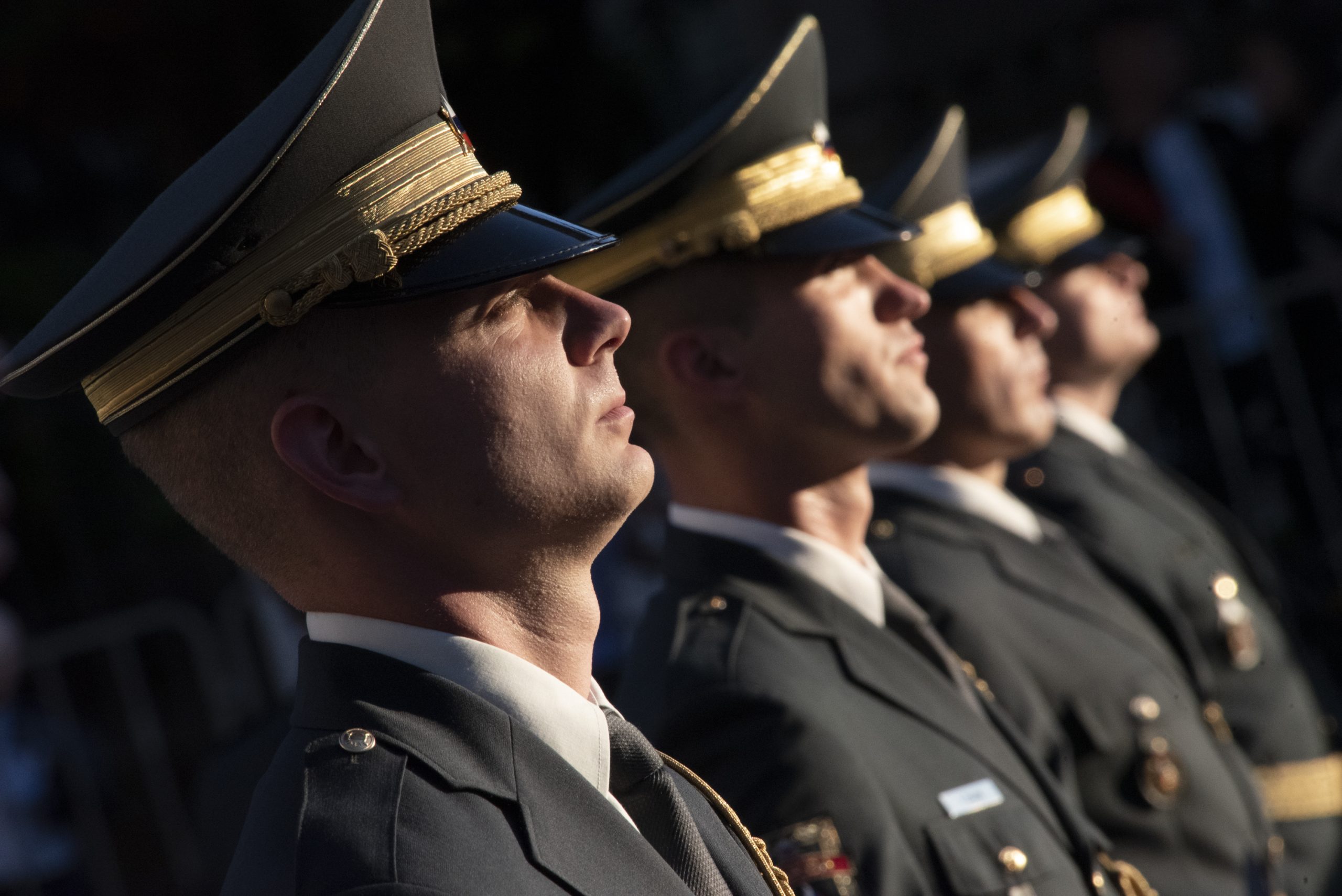UKRAINE (Transatlantic Today) – The landing of American F-15 fighter jets in Estonia on Wednesday to join a NATO air policing operation over the Baltics would ordinarily go unnoticed if it weren’t for mounting fears of a Russian attack on Ukraine.
While the F-15’s deployment to Estonia to accompany Belgian fighter jets had been planned for some time, four Danish F-16 fighters arriving in Lithuania on Thursday for a similar operation was a more sudden decision by Denmark in response to escalating tensions over Ukraine.
Denmark’s mobilization of additional planes and a ship to the Baltic Sea, despite its minor scale, conveys a message to Russia about NATO members’ preparedness to display their defense capabilities and support to NATO partners during an emergency.
The deployments also underline NATO’s current position in eastern Europe and the Baltics, which was sparked by Russia’s 2014 takeover of Crimea, and how any military activity, no matter how little, is viewed through the lens of the Ukraine crisis.
Because Ukraine is not a NATO member, the alliance has no safety responsibility to Ukraine in the event of a Russian invasion, but it is committed to ensuring the security of NATO’s bordering countries.
The Pentagon stated on Monday that the majority of the troops had been positioned on shortened “ready to deploy orders” in case the 40,000-strong NATO Response Team was deployed on moment’s notice to deal with a crisis.
Interestingly, it was Russia’s 2014 annexation of Crimea that pushed NATO and the US to send more powerful military forces to eastern Europe and the Baltics at first.
This incorporates Latvia, Estonia, Poland, and Lithuania, where NATO has stationed four battle groups totaling 4,000 international soldiers, including American forces, in recent years.
Separately, the acquisition of Crimea by Russia prompted the US to begin high-profile military rotations in Eastern Europe; now, 5,000 US troops are training in Poland.
According to ABC News, both the US and NATO have made new or possible military call-ups or deployments very public in order to send a warning to Russia that the alliance is still strong and capable of promptly reinforcing member countries that request aid.
The public messaging regarding military readiness is consistent with President Biden’s and American allies’ public warnings to Russia that a Russian invasion of Ukraine would have serious economic consequences for Russia.


























